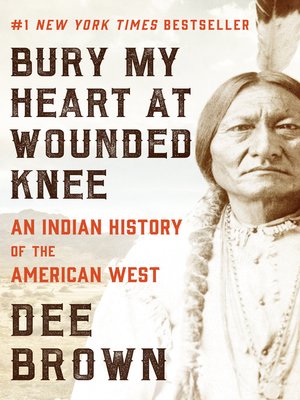

Colonel George Custer, sought a showdown. The Battle of Little Bighorn (also called the Battle of the Greasy Grass by the Indians) is perhaps the most famous battle of the American West. The Battle of Little Bighorn was fought in what was then the Montana Territory. They agreed on a classic hammer-and-anvil attack in which Custer would proceed down the Rosebud River and attack the village while Terry and Gibbon went down the Yellowstone and Little Bighorn Rivers by June 26 to block any escapeįigure 2. General Alfred Terry met with Lieutenant Colonel George Custer and Colonel John Gibbon on the Yellowstone River to formulate a plan. Many were armed with the latest repeating Springfield rifles.Īfter discovering the approximate location of Sitting Bull’s village, U.S. Nearly 2,000 warriors answered the call, creating an extensive village estimated at more than 10,000 people by June. In the spring, Sitting Bull called for warriors at the reservations to assemble at his village for war. The different Indian tribes decided to unite through the summer and fight the encroaching Americans. In March, General George Crook attacked the Cheyenne on the Powder River, prompting them to go to the nearby Oglala camp and then the massive Sioux village. Sitting Bull said, “I will not go to the reservation. The Sioux ignored the edict from Washington, D.C. They issued an ultimatum for all Sioux outside the reservation to go there by January 31, 1876, or be considered hostile. Grant met with General Philip Sheridan and other advisors on Indian policy at the White House. In early November 1875, President Ulysses S.

They wanted Indian autonomy and were willing to unite and fight for it. Both resisted the reservations and American encroachment on their lands. Another important leader was the Oglala Lakota supreme war chief Crazy Horse, a leader (known as a “shirt-wearer”) with a reputation as a fierce warrior. Sitting Bull was an elite Lakota Sioux war leader in his mid-40s and a respected holy man who had visions and dreams. Many of the Sioux and Cheyenne were irate at the presence of so many Americans encroaching in the Black Hills to look for gold-in direct violation of the Fort Laramie treaties.

While the battle was a rout by the Sioux over Custer’s troops, the ultimate outcome for his tribe and the men who had joined him was one of constant harassment, arrest, and death at the hands of federal troops. The iconic figure who led the battle at Little Bighorn River, Sitting Bull led Indians in what was their largest victory against American settlers.


 0 kommentar(er)
0 kommentar(er)
